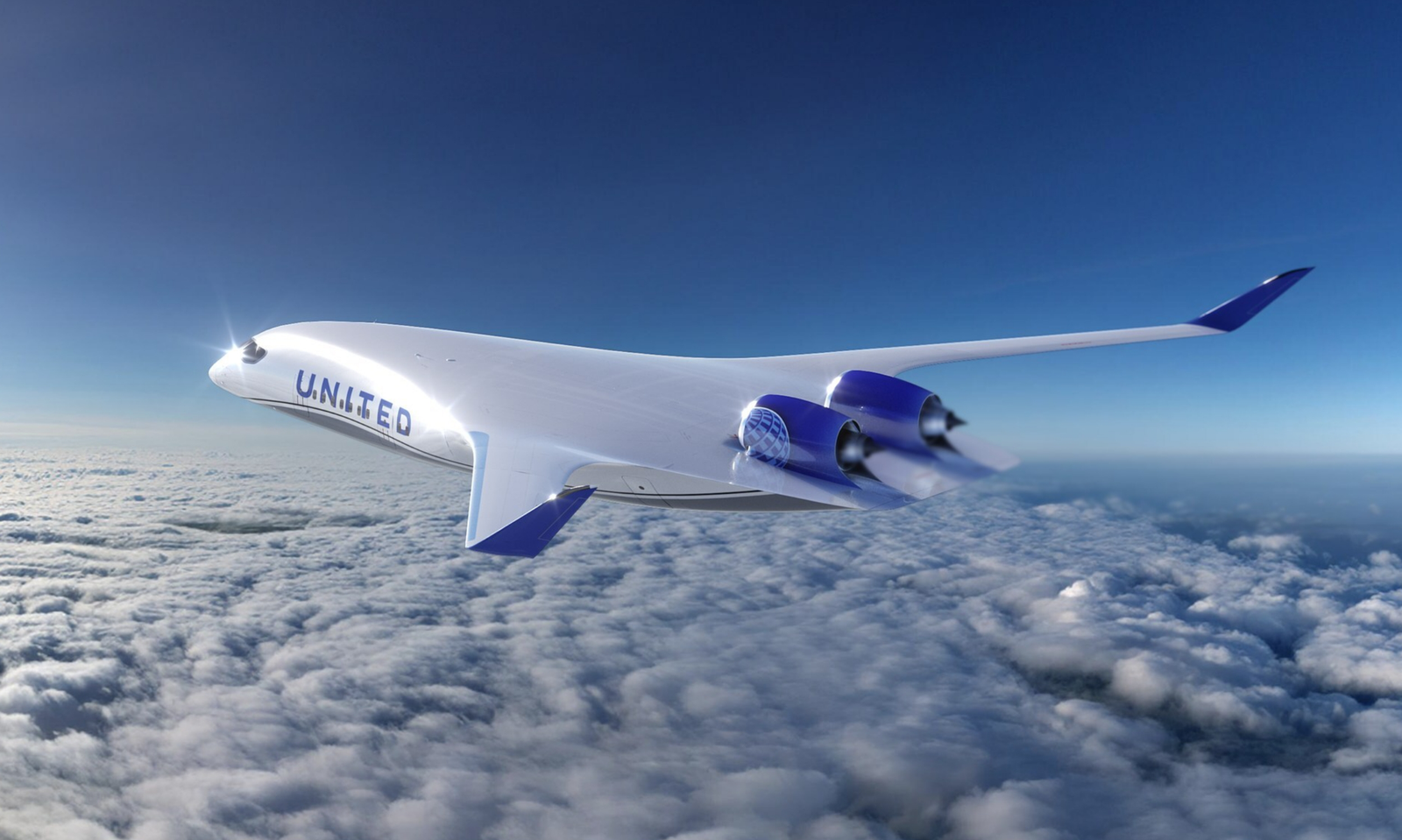
If you’ve been a passenger in the past several decades, it’s likely the plane you boarded resembled very closely every other jet you’ve ever seen—a long tube with wings protruding from the sides. That simple “tube and wing” configuration has dominated commercial air transport for more than 50 years, and rightly so: it gets the job done. It’s reliable, tried-and-true, and efficient enough. But air travel is evolving, and quickly.

One of the most daring reimagines of plane design is the blended wing body, or BWB. Rather than a distinct fuselage and wings, the BWB merges them into a curved, cohesive shape that resembles more of a flying wing than a conventional plane. And this isn’t purely for looks—the whole body generates lift, which significantly cuts down on drag and presents new opportunities for fuel efficiency, noise abatement, and cabin space.

This isn’t exactly a new concept. The theory has been kicked around in aerospace communities for close to a hundred years. But due to a California startup company called JetZero, the BWB is now making the transition from theory to practice.

JetZero’s miniature test plane, the Pathfinder, measures 23 feet in width and recently hit a milestone: it received an FAA Airworthiness Certificate. That may sound like another formality ticked off—but in the experimental aviation world, it’s a biggie. It means the project is leaving models and mockups behind and coming into actual flight testing.

Supported by a $235 million U.S. Air Force contract, JetZero is currently developing a full-scale version of its concept plane. The firm is also working in partnership with NASA as well as other top commercial airlines such as Delta, United, Alaska Airlines, and Northrop Grumman.

So why is the BWB attracting so much interest? Efficiency is at the heart of it. JetZero estimates its design can cut fuel consumption by as much as 50%, while NASA and the Air Force are modeling at least 30% improvements in aerodynamic efficiency. The shape also enables a more roomy interior configuration, which could translate to wider cabins for passengers or greater flexibility for military and cargo use.

Another plus? A quieter experience. Since the engines are placed above the body, not underneath the wings, cabin noise decreases significantly—a possible game-saver for passenger comfort.

And then there’s the green angle. With increasing pressure to decrease air travel’s carbon footprint, the BWB fits in with long-term plans for sustainability. It’s compatible with sustainable aviation fuel and can be adapted in the future to include hydrogen propulsion—a couple of important moves in the industry’s bid to achieve net-zero emissions by 2050.

The military also envisions utility beyond commercial aviation. For missions such as aerial refueling and cargo transport—the Air Force’s biggest fuel consumers—the BWB provides greater range and versatility, with improved fuel efficiency. In combat missions and logistics operations, that’s a tactical advantage.

All that being said, disrupting an industry is no easy feat. Certifying a fundamentally new airplane is time-consuming. Airports would require changes to support the BWB’s increased wingspan. And technical problems, such as pressurizing a non-conventional cabin or fitting novel propulsion systems, must be overcome before anyone can start mass-producing them.

Yet the schedule is already underway. JetZero expects to test a full-size prototype by 2027, with commercial deployment on the way by 2030.

The sleek silhouette of contemporary airliners may become a look of the past. As JetZero and its investors continue to drive forward, the blended wing body may usher in the next giant leap in aviation, bringing cleaner, quieter, and smarter air travel for both the public and the military.
More related images you may be interested in:



